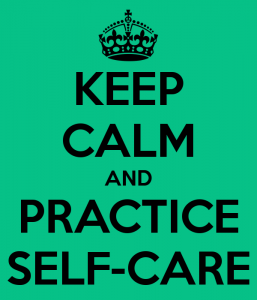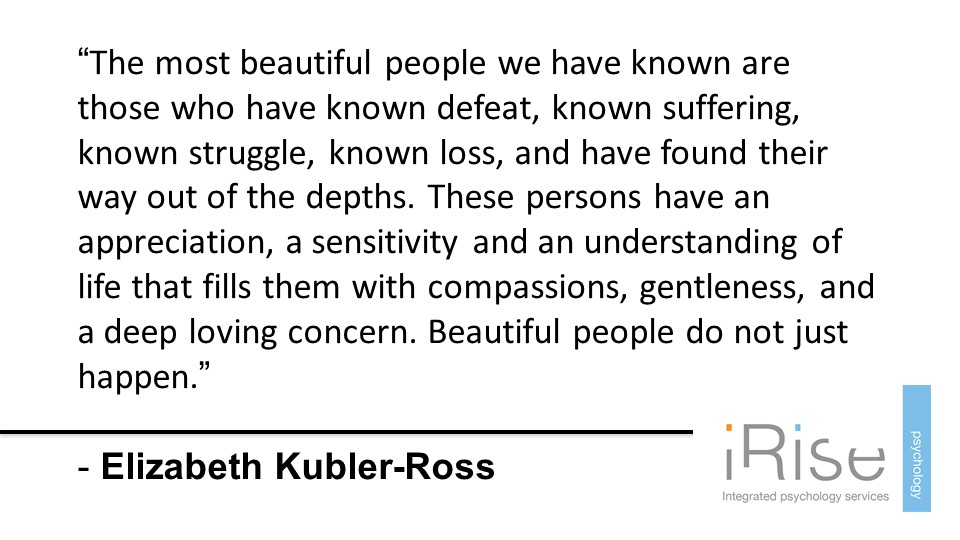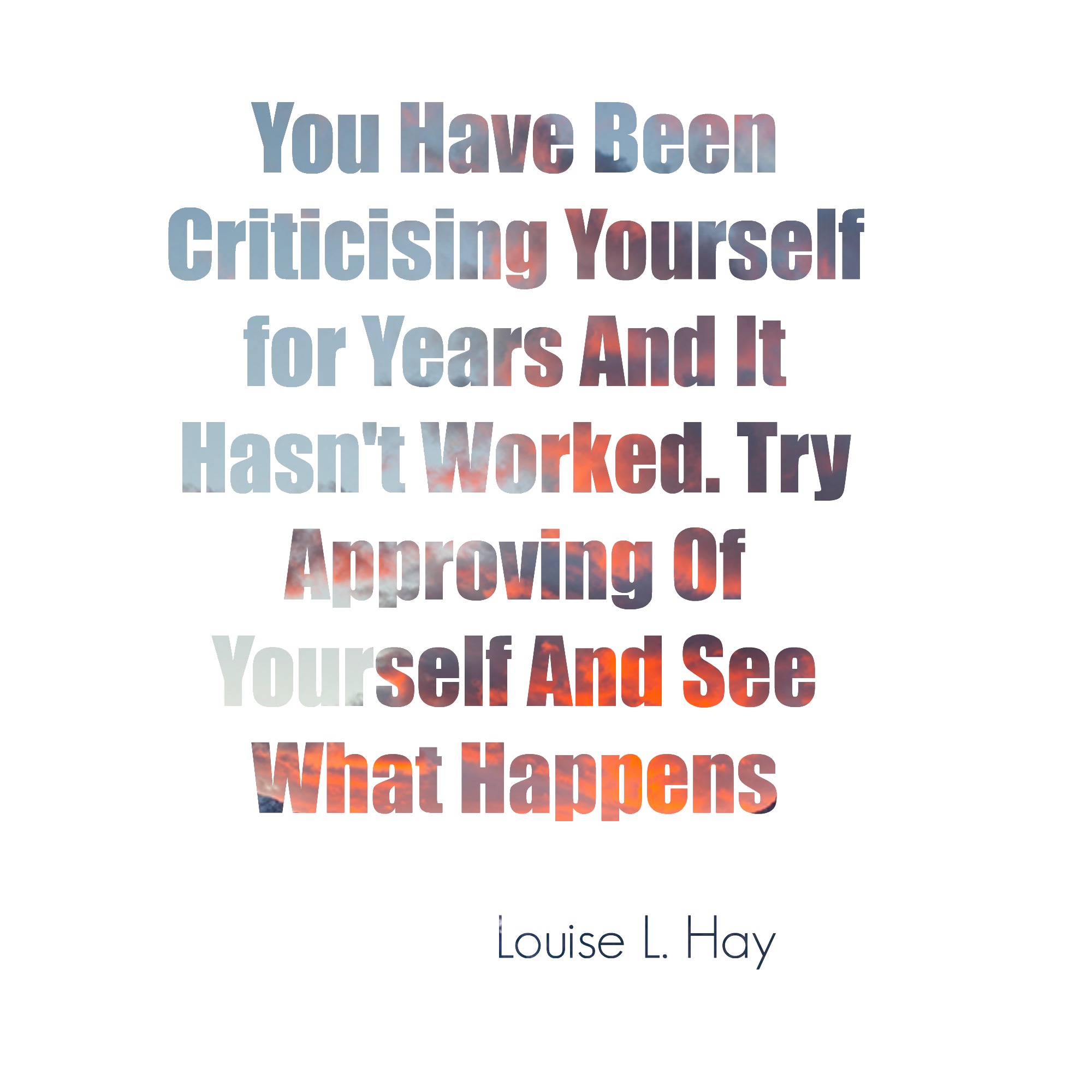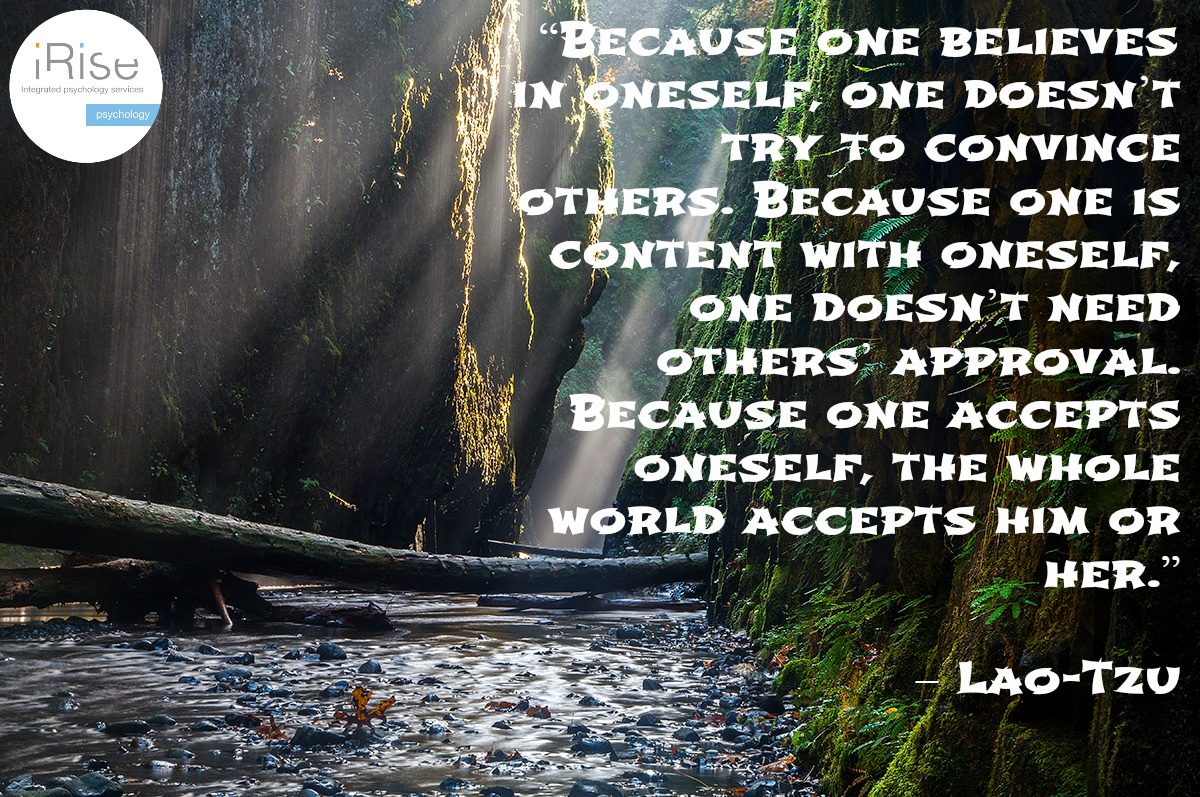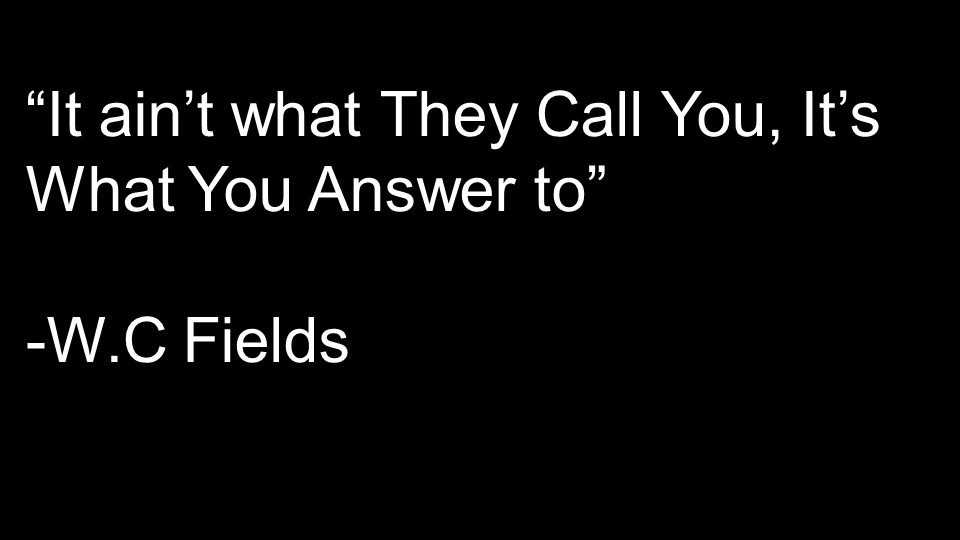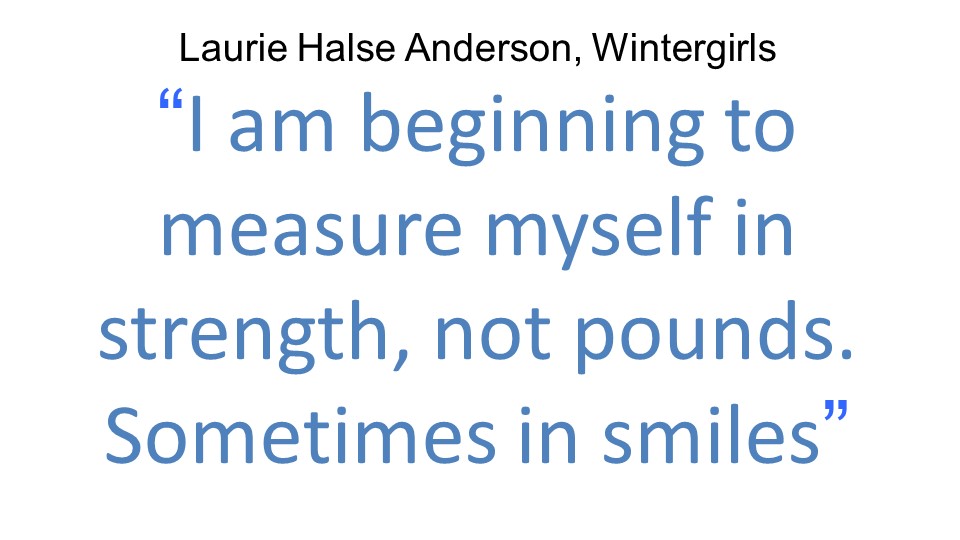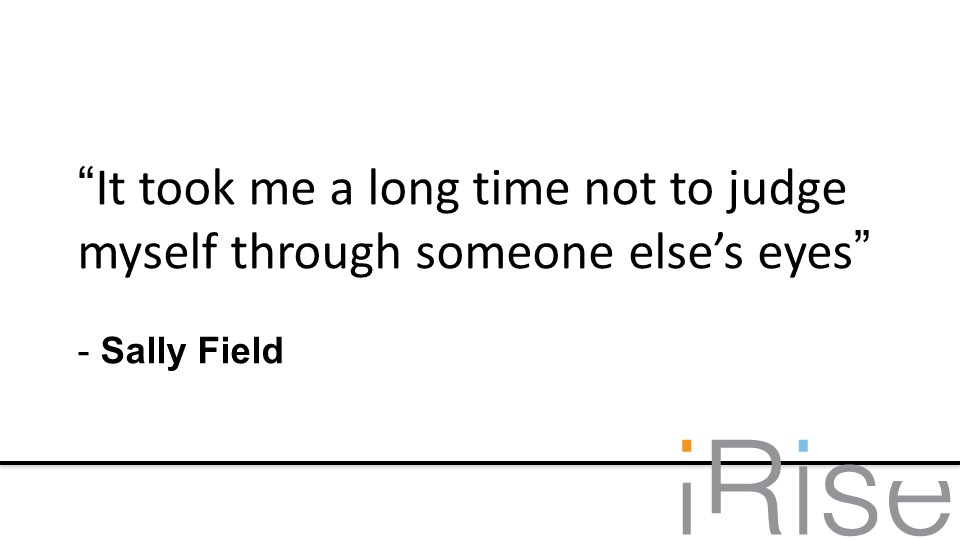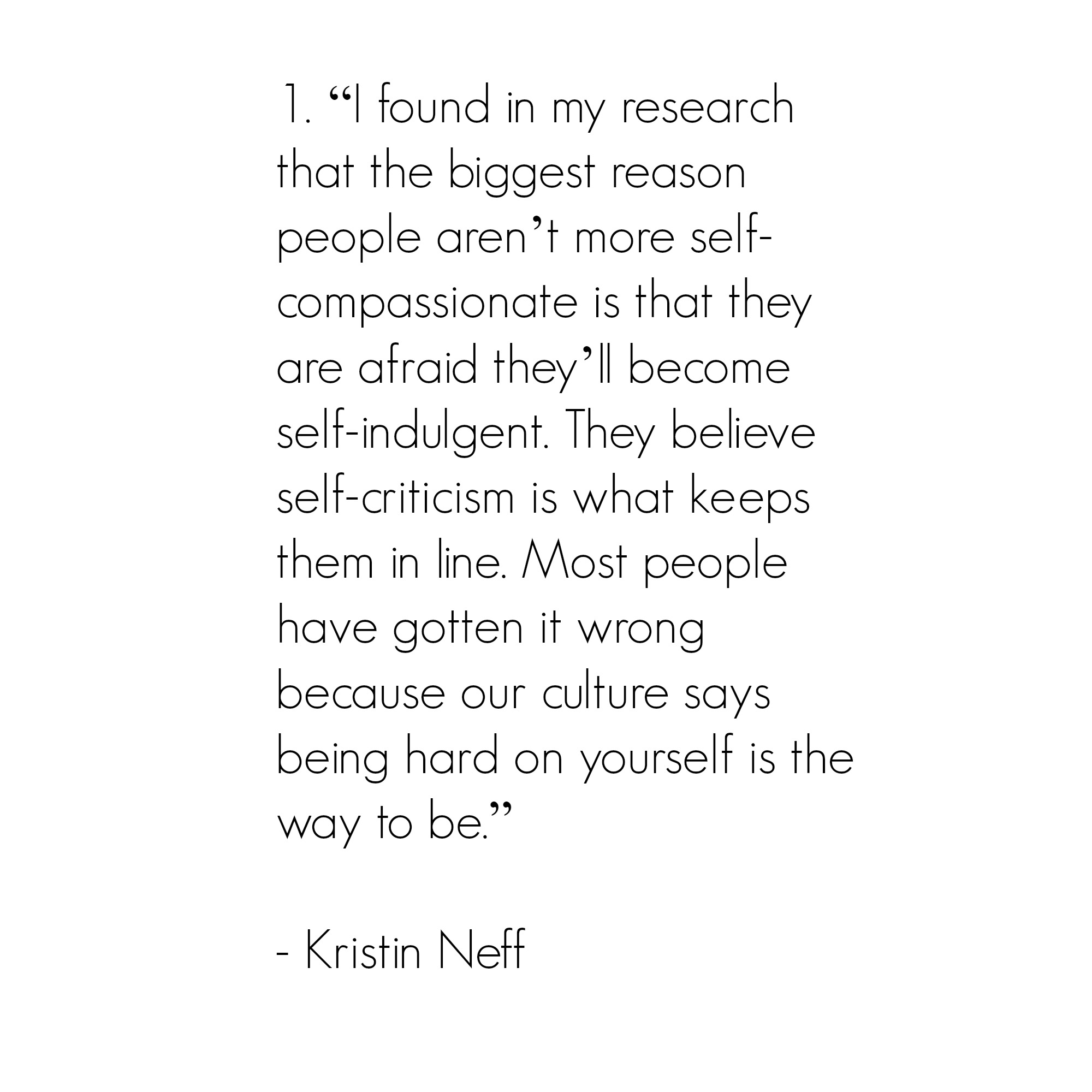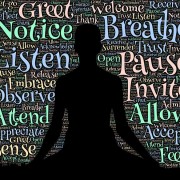Seeing Your Loved ones through Depression: The 10 point checklist
According to the World Health Organization, there are more than 350 million people all over the world with depression. It’s a staggering and sobering statistic, which should tell you that there is a strong likelihood that someone you know and love will be suffering from depression.
As psychologists, we understand it is crucial to bring awareness to one of the most devastating aspects of dealing with depression; the stigma and negative criticism that comes from others. Furthermore, people may not even know that their behaviors and comments are being negative or hurtful and sometimes even make the depression feel worse.
To help, we have put together a 10 point checklist of things we can remember when interacting with those that may be having a attle with depression. Any one of these points will not only help with the stigma surrounding depression, but may even help the individual dealing with depression.
1. Don’t tell them to “Pull themselves together” or “Cheer up.”
- Try not to blame the person for being depressed, or tell them to ‘pull themselves together’. They are probably already blaming themselves, and criticism is likely to make them feel even worse. Depression is not something anyone should feel guilty about.
2. Don’t take it personally if they get irritable.
- Someone with depression may get irritable and angry, and be more liable to misunderstand others, or feel misunderstood, than usual; they may need reassurance in some situations, and you may need to be patient with them.
3. They may feel sad for no apparent reason, so just hang in there with them.
- Moods can be volatile and depressive episodes can be unpredictable. If it was something that was easily controlled, it wouldn’t be such a big problem. Your loved ones are trying very, very hard to be happy, pleasant and engaging, and to facilitate this they need you to be there for them, present and accepting.
4. Learn to spot their ‘triggers.’
- Although depression can be unpredictable, if your loved one or relative has repeated episodes of depression you may be able to learn what their triggers are, or spot when an episode might be starting, and encourage them to take action before it gets any worse.
Download the Depression Toolkit!
Share this toolkit with someone you know who is dealing with depression.
5. They may not have as much energy as they would like to have.
- One of the symptoms of depression is fatigue or lack of energy. One of the most helpful antidepressants that has been proven by research is exercise. It may seem counter-intuitive when you are feeling low on energy, but exercise will increase your energy levels and well-being. The type and duration of exercise can vary, but the minimum that could have an effect is to do fast walking at least three times a week for 30 minutes each time. That is the amount of exercise someone needs in order to feel an anti-depressive effect. So, if the sun is out and the breeze is whispering for you to come out and play, invite your loved one out for a walk or take an exercise class together! The body and mind of your loved one will soon synch up and they will begin to notice the benefits of exercise on their mental health.
6. They are Strong in Character.
-
In one of our favourite Tedx talks, psychiatrist and philosopher, Dr. Neel Burton explains that depression can represent a deeper search for meaning and significance in life. A person experiencing depression can be seen as working to make sense of life and trying to achieve more, fix more and improve more. Moreover, depression can be a way of preparing a better and even healthier future for ourselves and those around us. Dr. Burton goes on to mention that some of the most influential and inspirational people have dealt with depression. Their search for happiness and peace led their hearts and minds into the pit of depression, but they ended up changing the course of history.
7. They do not want to burden anyone.
- Only a depressed individual understands how hard it is to hide their feelings and thoughts from others to avoid being shamed. One characteristic of a person dealing with depression is that they are keenly aware of themselves, their thoughts, their feelings and the behavior of others towards them. Unfortunately, individuals fighting depression may push to be alone because they do not want to impact anyone negatively. Although this may not always be the case, depressed loved ones desire to manage their depression successfully and not allow it to impact on anyone. This can be a paradoxical situation because being alone can actually exacerbate the symptoms of depression. So it is important to understand how community and social interaction is a form of depession therapy. A person with depression will really appreciate you unexpectedly reaching out to them – it will feel as though if their calls are being answered.
8. Encourage them to seek appropriate treatment.
- Perhaps the most important thing that you can do is to encourage your friend or relative to seek appropriate treatment. You can reassure them that it is possible to do something to improve their situation, but you need to do so in a caring and sympathetic way.
9. Beating depression is a process, not an event.
- Remember that, even after someone has started treatment for depression, it still may be some time before they really start to feel better. Change doesn’t happen over night.
10. Look after yourself.
- Supporting a loved one or relative who is depressed can be hard work and frustrating, at times. Unless you pay attention to your own needs, it can make you feel depressed, too. View the experience as an opportunity to build a closer and more compassionate relationship. Helping someone you love through depression and to a happier place can be incredibly rewarding. It helps you to build up your own emotional resilience, making you feel more empowered in your own life and increasing your own sense of well-being and self esteem.
Access the Self-Esteem Booster Guide
Depression and low self esteem often go hand in hand. Learn about the 10 Tips to Increase Self-Esteem








